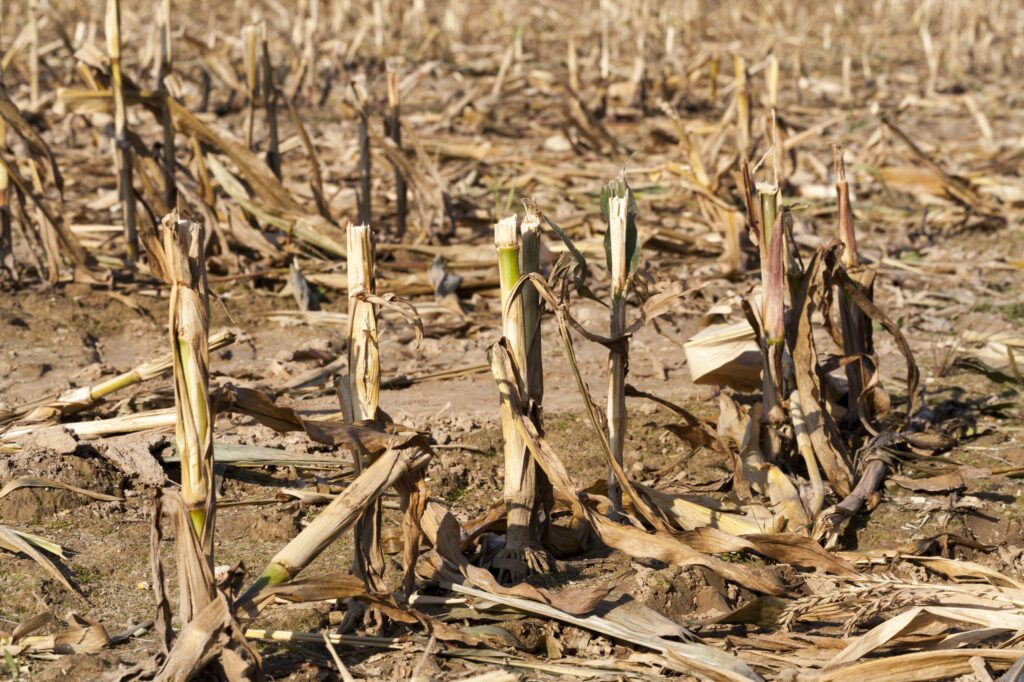How you plan for spring planting this fall can make all the difference in next season’s soil health and crop quality. Prepared growers start by analyzing soil quality and soil structure to improve soil health.
Soil quality is how well your soil functions, or how well it does its job. Soil health is your soil’s ability to support an ecosystem, or the biological integrity of your field. Use the following sustainable agricultural practices to support soil quality and soil health for a successful spring planting.
Conduct a soil test
Conducting a soil test to examine active, dormant, and/or missing soil microbes, nutrient levels, and organic matter is critical to understanding the state of soil health on your farm. There are 1 billion bacteria and 1 million fungi in a tablespoon of soil, but 75% of those microbes are dormant due to starvation. Starving soil microbes cannot support efficient planting or effective residue breakdown during the winter months. Consult with your crop adviser to select the right soil tests for your farm.
Make a plan to support your physical, biological, and chemical soil properties
Meeting with your crop adviser can help develop a holistic approach to improving soil health and soil quality. By supporting each property of your soil, you’ll increase your yield potential and return on investments.
Address your fall crop residue on wheat, corn, and other small grain crops by feeding your soil microbes
The majority of residue decomposition is dependent on microbes. A carbon food source can wake up microbes and put them to work decomposing crop residue. It’s an innovative way to break down residue to eliminate burning and reduce tillage for less challenges during spring planting, such as cold soil temperatures and piercing crop stubble that can puncture tractor tires.
Additional returns can be seen through increased nutrient availability ($22 to $42/acre), warmer soil planting temperatures ($10/acre), tillage savings ($17 to $22/acre), and carbon credit for reduced tillage ($10/acre).

Add compost and mulch to support your soil biology
Both compost and mulch act as a nutrient source for soil microbes. Investing in organic fertilizer application in the fall to support microbial activity can also make the most of your synthetic fertilizer in the spring and summer, even with current market scarcities and extreme price increases.
Incorporate a cover crop to improve soil quality and soil health
Cover crops decrease erosion by 90%, and crops like legumes can add 100 to 150 lbs/acre of essential nutrients like nitrogen. Select cover crop species or a mix to complement your crop rotations.
Choose a crop to best fit your crop rotation for spring planting
Avoiding monoculture can increase soil health through improved soil quality, and yield potential, all while decreasing greenhouse gas emissions.
Develop a robust seed treatment program
Create a customized seed treatment program by including innovative technologies with proven results to support a thriving environment for your crops to promote germination, stand establishment and vigor.
Sustainable agriculture practices support soil health and soil quality, which compounds over time, generating yield improvements and supporting long-term environmental benefits. Spring planting season starts with a plan, make yours sooner than later.









